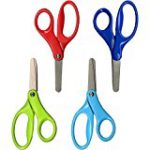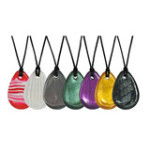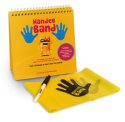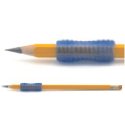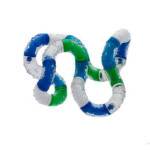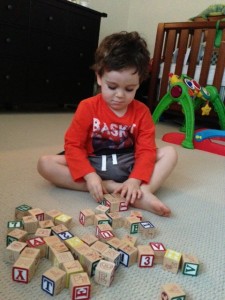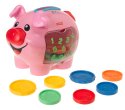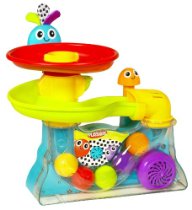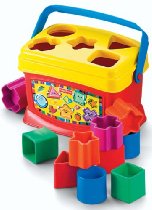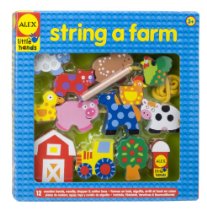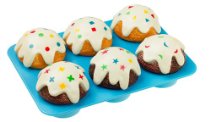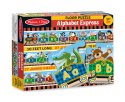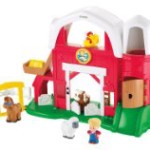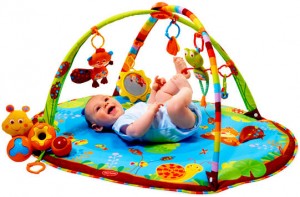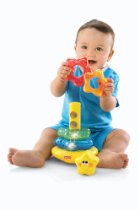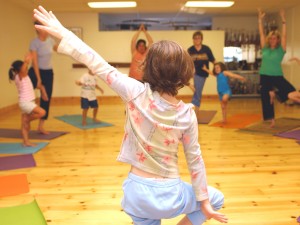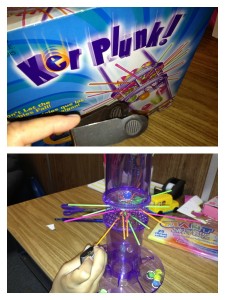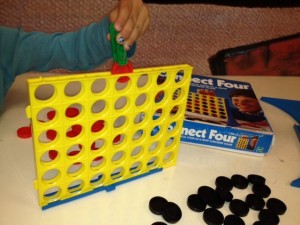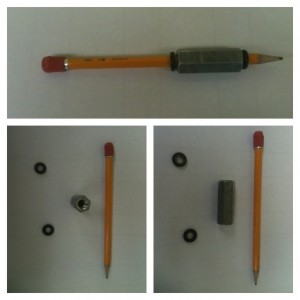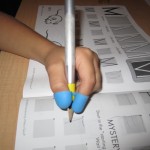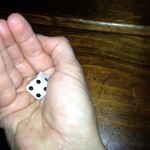Children with Attention Deficit Hyperactivity Disorder (ADHD) have a difficult time concentrating on the simplest daily tasks, such as brushing teeth or remembering to grab their backpack on the way out the front door to school. While a child without ADHD may be able to mindlessly complete these tasks, the hyperactivity of the ADHD brain often creates a completely different scenario for a child with such attention challenges. The attention span simply fails, the mind gets distracted quickly, and their impulse desire has no off switch. This is why it is important to set up a conducive home environment that surround our kids with ADHD to help augment their daily successes
1. De-clutter, de-clutter, de-clutter
The importance of a clutter-free home cannot be stressed enough! Keep it simple.
⇒ Reduce the number of toys your child has available. Go through all the toys in your child’s play space. Throw away those games with missing pieces. Donate the ones to
charity that your child has out grown.
⇒ Rotate toys out every four to six weeks. Placing those toys that were used away and retrieving stored toys. Limiting toys also simplifies the cleaning process for the kids.
⇒ Toys & books should be labeled in bins, boxes, and on shelves. All toys have a place where they belong and need to be placed in their designated area. Check out some amazing ideas on Pinterest.
⇒ Backpacks should be situated somewhere near the entrance/exit to your home. This way your child never leaves the house without their school supplies.
2. Eating & Playing & Sleeping
The type of room or environment used for different activities is extremely important to outline. It is important to give a specific place or areas to complete work, sleep, eating, and play.
⇒ Eating. All eating should happen AT the kitchen table, not on the run as your child walks out the door to school or chasing around the child who has a hard time sitting down with their food.
⇒ Playing. Toys should be stored and played with in another room besides the bedroom.
⇒ Sleeping. A bedroom is for sleeping. It is nice for a child to have a selection of a few books to read with a caregiver prior to going to sleep. A white noise machine or a device to play meditative music can be very beneficial.
3. Setting Daily Expectations
⇒ Visual Schedules. Using a daily and weekly visual schedule in a place where your
child will see it often, such as the refrigerator or near the bathroom mirror, is extremely beneficial to help him or her have a time reference of the things that will occur in their day and over their week.
⇒ Preparations for big events. Some examples would be birthday parties, family trips, or parent travels a week ahead of time on the family calendar
⇒ Preparation for Transitions. Discussing or priming your child prior to a transition, especially if it is an unexpected event. While at times this cannot be avoided, quick changes can disregulate your child
4. Homework Time
One common challenge amongst children with ADHD is their challenges with organization, mostly their homework (finding it, completing it, making sure it gets back to their teacher the next day)! Try these strategies —
⇒ There should be ONE consistent place a child places their backpack when they arrive home from school.
⇒ Wall organizers next to the spot where a child places his backpack with one for “Unfinished Homework and the other for “Finished Homework”. Moving the homework from one bin to another helps the child feel a sense of accomplishment and helps the child maintain much needed order.
⇒ When homework is too effortful and time consuming, talk to your child’s teachers to adapt homework assignments.
5. Self Care Tasks
⇒ Timers! Set a timer for tasks such as brushing teeth. Remember, the ADHD brain is constantly moving. At times, watching a timer count down while brushing teeth may help the child focus.
⇒ Promote independence in getting your child’s dressing routine. With the child’s input select clothing to wear the night before and lay out for child.
⇒ Set up a visual checklist (photos or words) of the order the clothing items a child needs to put on their body each day.
6. Bedtime
⇒ The child’s bedroom should be free of clutter, including toys. I often suggest to parents that only books should be in a child’s bedroom.
⇒ Visual schedules and / or discussions of so the child knows what to expect before school and after school the next day. This is also important during unstructured days on the weekends.
⇒ Consistency with an evening routine is really important.
⇒ Calming or meditative music or a sound machine can help to relax and settle you’re your child.
⇒ Avoid tablets and other iDevices, television, video games at least one hour prior to bed. This hour should be focused on self-care and bedtime routines. Reading and light yoga stretches are excellent ways to help your child wind down
Consistency. Routine. Setting expectations. These are all key elements to incorporate within your home to offer optimal environment for your busy child’s busy brain.
– Sari Ockner, OTR/L








